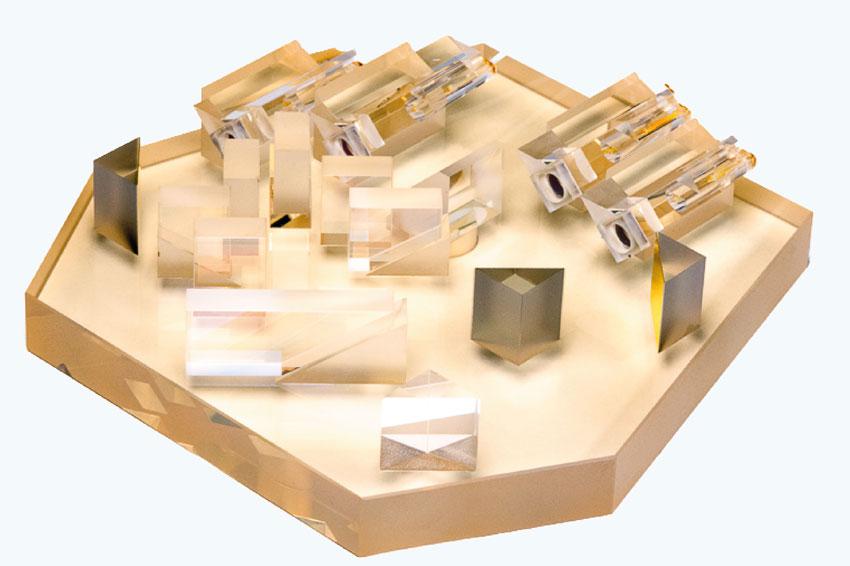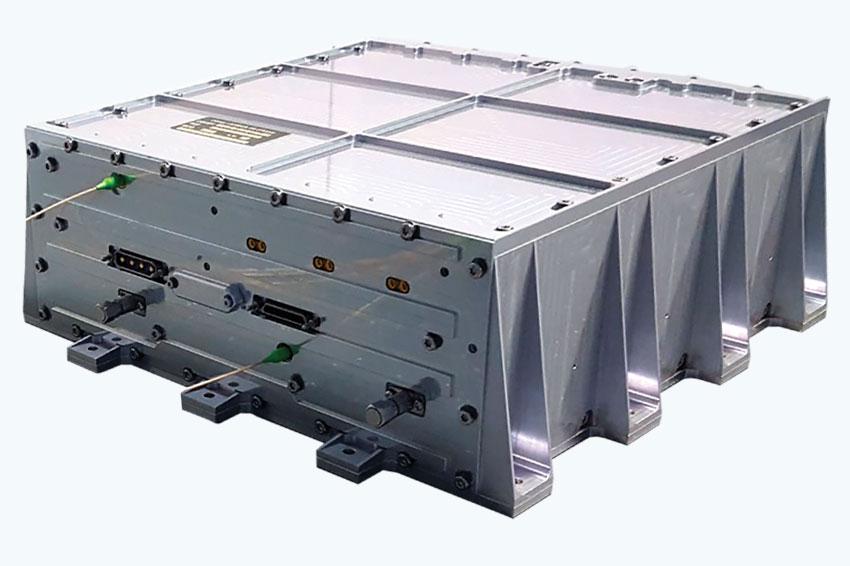Exail unleashes Gb/s Earth-to-space communications
12.02.2025 - Successful very high-speed (10 Gbps) optical downlink and uplink tests between satellite and ground stations.
Developed by Airbus Defense & Space in collaboration with the French Space Agency CNES and hosted aboard the Arabsat Badr-8 satellite, the ‘Telecoms on all Earth Orbits’ (TELEO) demonstrator features a laser terminal equipped with an optical transceiver assembled and space-qualified by Exail.
The optical transceiver fully integrated by Exail is composed of a transmitter and a receiver channel built with key sub-components. These include Exail’s low-noise optical amplifier (LNOA) based on radiation-hardened doped optical fibers manufactured in-house and matching electronics, lithium-niobate (LiNbO3) modulators, and a RF amplifier. The ESA ARTES project “FOLC2” has enabled the design, production and development of these key building blocks.
Orbiting 36,000 kilometers above Earth in geostationary orbit, TELEO demonstrates exceptional capabilities under the most demanding conditions. Geostationary satellites face extreme temperature variations and are meant to operate around ten to fifteen years. The TELEO demonstrator proves that Exail can manufacture and integrate optical components and sub-systems that operate in harsh environments. These cutting-edge solutions are also perfectly adapted to low Earth orbit (LEO) projects, within standardized commercial off-the-shelf (COTS) product lines.
Exail also contributed to the optical ground stations involved in the TELEO demonstration, providing fiber-based amplifiers (LNOA) and transceiver terminals for reception and transmission front-end channels (ModBox OGS).
Among Exail’s current portfolio of cutting-edge solutions for space is the TRL6 multiplexer/demultiplexer (MUX/DEMUX), based on free-space micro-optical assemblies. This compact, high-performance solution optimizes the footprint of sub-systems for space applications while ensuring robustness across a wide temperature range. Already deployed in optical ground stations, the MUX/DEMUX is under space qualification until July 2025 in the framework of the CO-OP project, a French consortium led by CNES which aims to deliver a 100 Gbps space optical link by 2025.







